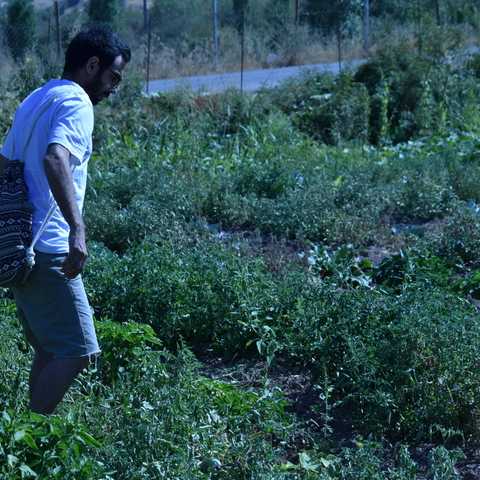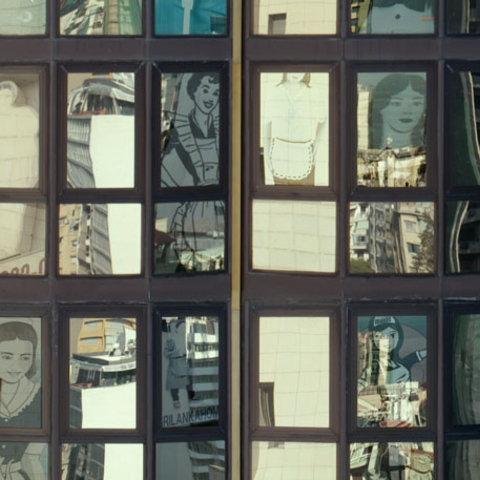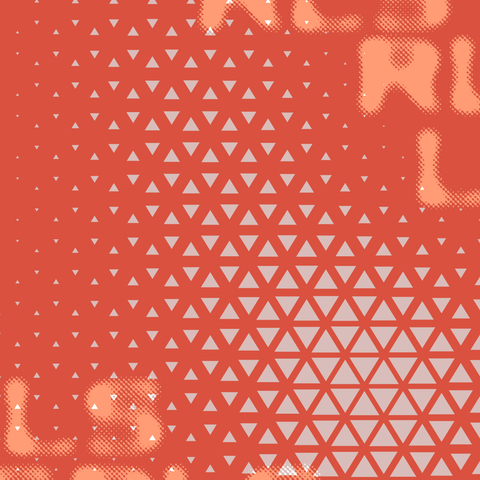The Ethnography of Disability and Segregating Institutionalization in Lebanon
“This girl is so beautiful but seems so pathetic in a wheelchair. What a pity!” “Oh God help this young man! He’s so smart! Too bad he ended up blind.” Such expressions are commonly used in Arab societies (Scalenghe 2014; Schumm and Stotlzfus 2016) and reflect the stigmatizing cultural context towards persons with disabilities. What has made these societies use such expressions and terms, and why do these terms persist?
Over the last few decades, there have been immense efforts in Arab countries to change stigmatizing attitudes against disability and disabled persons (UNESCWA 2018). National disability movements have encouraged local communities to adopt the model of human rights and disability inclusion and improve the living conditions of persons with disabilities. Nonetheless, these efforts will remain ineffective if people do not take into account different socioeconomic and cultural influences forming the experience of disability in Arab societies. Thus, this chapter will discuss the language used about disability of the experience of persons with disabilities in present-day Lebanon.
Using Lebanon as a case study, this chapter presents an ethnographic picture of a society in which there have been attempts to change these attitudes. This chapter discusses the history of different models of service-based disability approaches and how each model has played a role in forming approaches to serve people with disabilities in Lebanon. To understand modern Lebanese society’s perception of disability, it is helpful to consider the history of the socio- cultural elements over time. More particularly, this chapter will set the overall picture of the position of persons with disabilities within Lebanese society and how this position changed through the country’s different historical stages. Such a picture should help identify the essential



